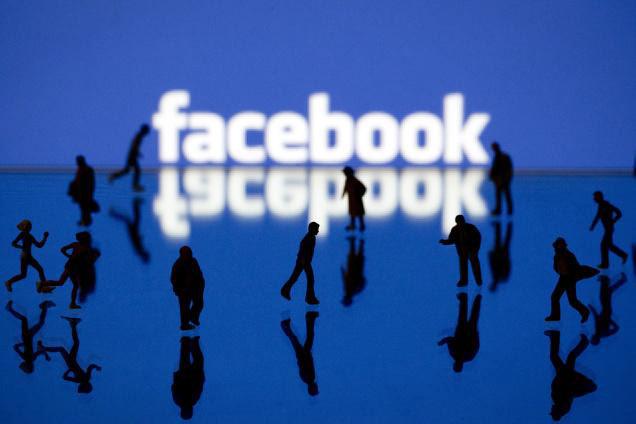
Facebook is a huge target. It takes a lot of incoming. One of the latest attacks concerns its practice of employing contractors like Accenture for content monitoring.
Another target of critics, and one Facebook shares with search platforms and other social companies, is how its advertising targets youth. In late July, amid concern over its proposed Instagram for kids, Facebook said it will limit targeted advertising to users younger than 18. That change came on the heels of Alphabet’s effort to limit the influence brands have on young people based solely on their interests.
These shifts create a challenge for communicators seeking to target youth through SEO and on YouTube, Instagram and Facebook.
Communicators will have to revert to other forms of audience reach. Many will begin to realize the need for a shift from paid media to shared media, and from advertising to organic engagement.
Returning to the principles of organic reach, in particular reaching youth groups, will require more cutting-edge and engaging content that draws in a younger audience.
Reinvest Your Ad Budget
Organic campaigns rely on the value of content as a mechanism of reach. The better the content, the greater the reach.
But going organic doesn’t mean simply posting to your owned channels. Money once spent on advertising can be reinvested in organic engagement campaigns. Those allocated dollars can instead be used to amplify your content in organic ways.
Gamification
Consider a gamified approach to posts. Ask your audience to subscribe, like posts, use a particular hashtag, leave a comment or upload a photo for a chance to win [insert exciting new gadget, concert tickets, gift cards, etc.].
By participating in the post, the user's audience will also see her activity. Considering many youth followers tend to cluster, the gamified approach will organically be amplified to a larger target audience.
Share Campaigns
Share Campaigns encourage a target audience to do the reaching for you. By creating a youth-based share campaign, you are creating an opportunity for audiences to engage with your message by saying, doing or sharing. Think Ice Bucket Challenge but for kids, with a catchy, unique hashtag.
More Telling, Less Selling
The bread and butter of organic reach means participating in the conversation and demonstrating a presence. Brands that want to reach an 18 and younger market should consider befriending other brands that reach this audience and posting there regularly. Inject messages organically in comments and try to have your content shared among that account.
Consider a Youth Spinoff Account
Content centered around youth may look different than the majority of a brand's communication. Youth campaigns rely heavily on trendy content that may not resonate with an older audience.
Organizations that rely on a youth audience as a subset of their reach may want to consider a Facebook page or Instagram account dedicated to people younger than 18.
Influencer Relations
Influencer spending in 2021 surpassed $1billion and continues to climb. As organizations continue to embrace the market share and power of influence, communicators trying to reach a younger audience should lean into these opportunities.
Not all influencer relationships are the same. For example, some require a monetary incentive, free ‘merch’ to unpack and demo and outright costs related to clicks. See “Reinvest Your Ad Budget” above.
Joshua James Smith is assistant professor, PR, Virginia Commonwealth University
